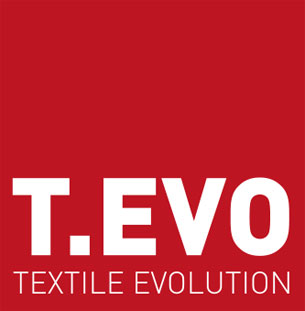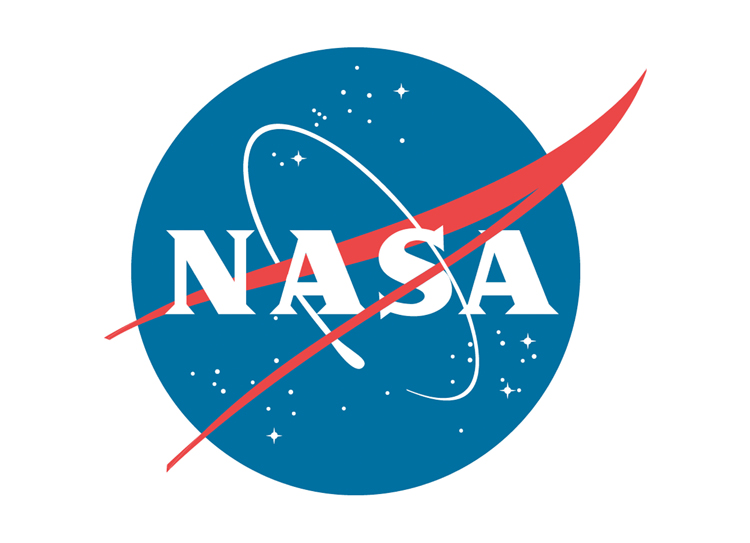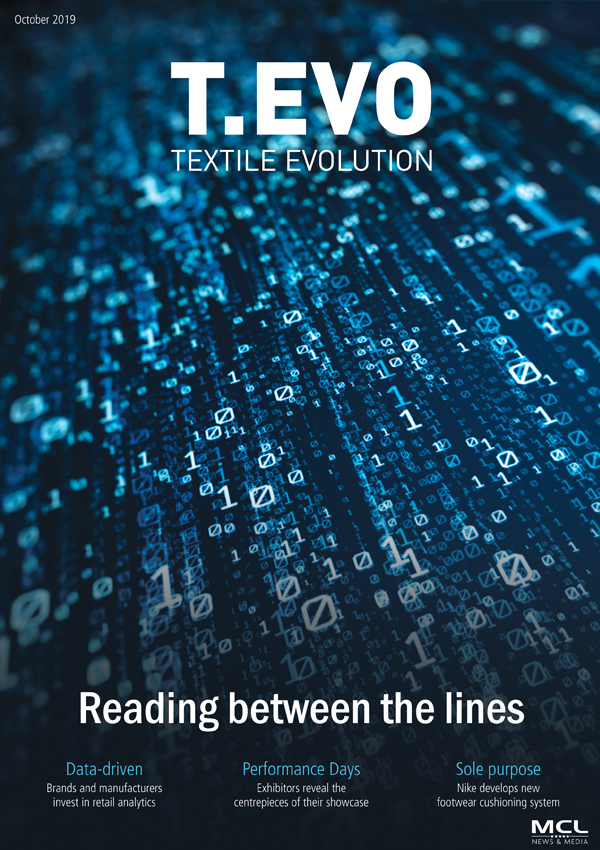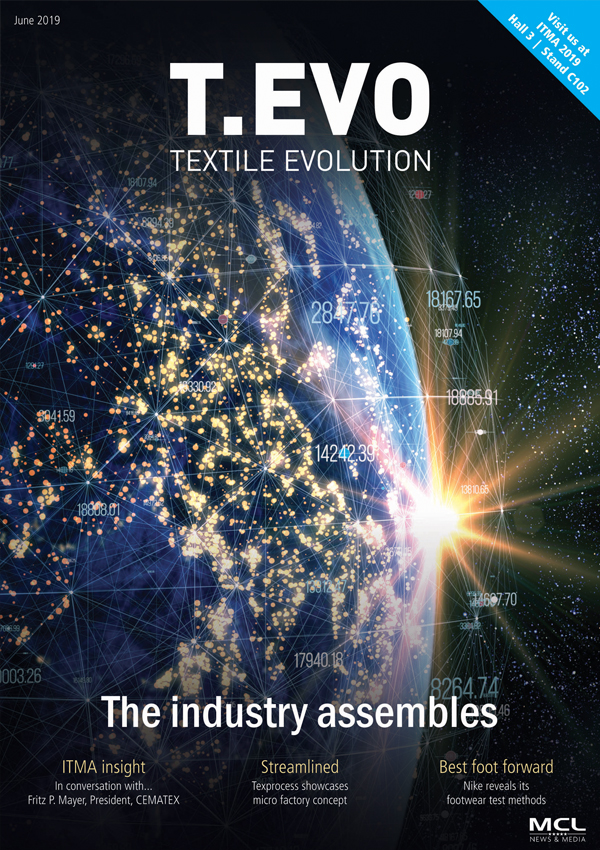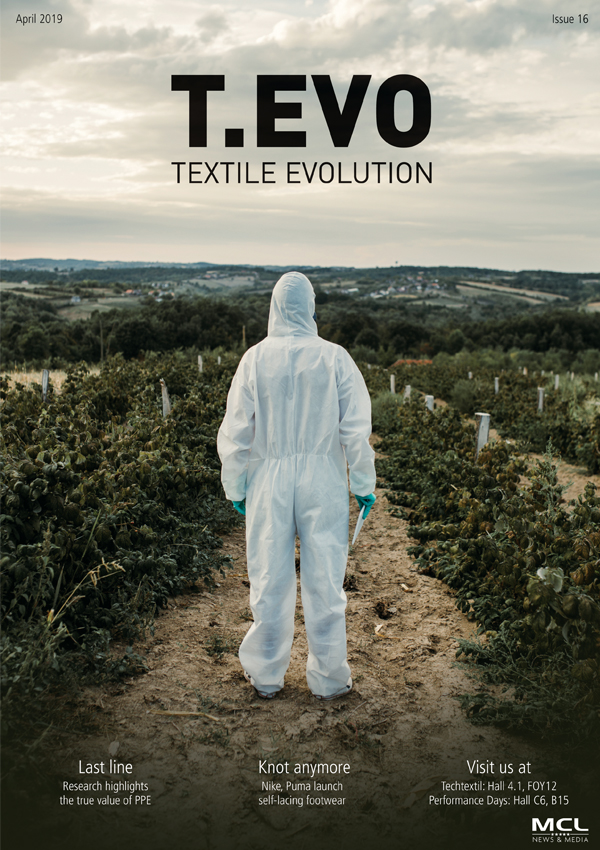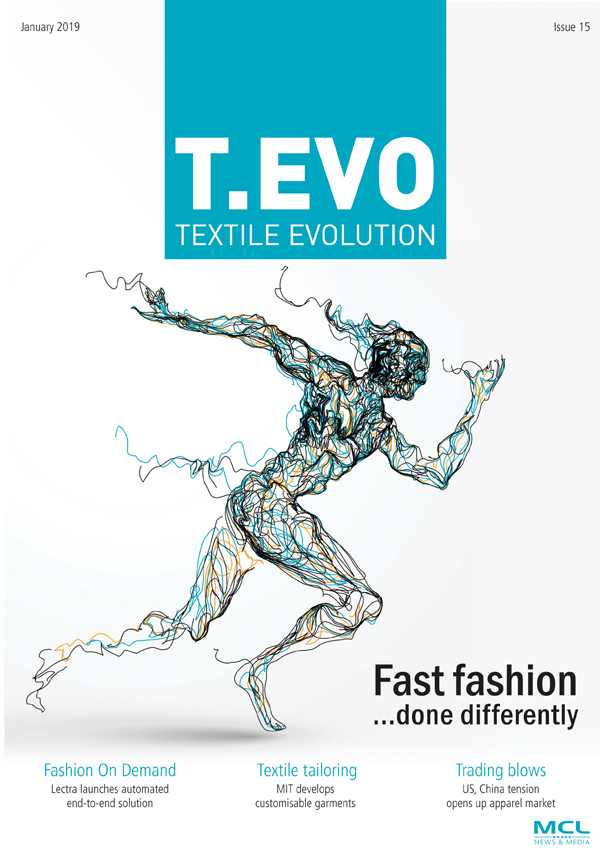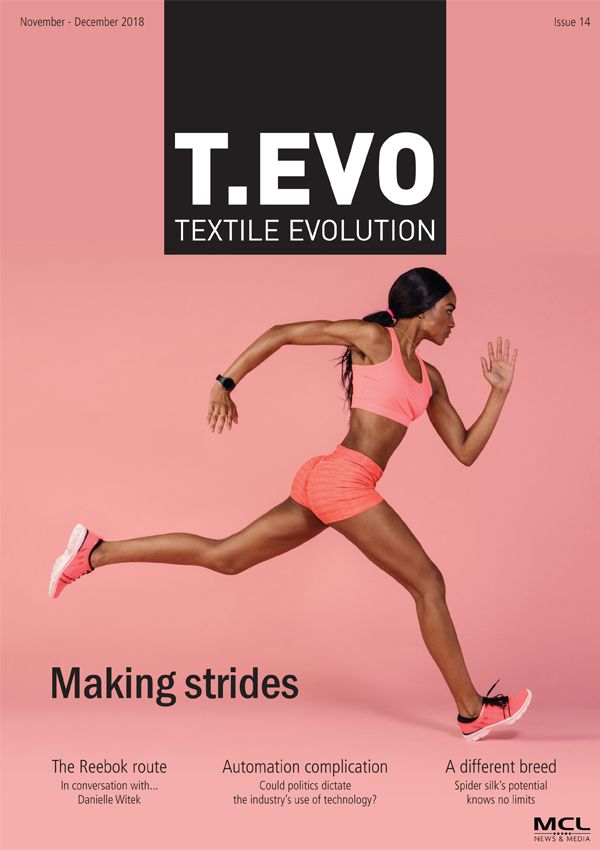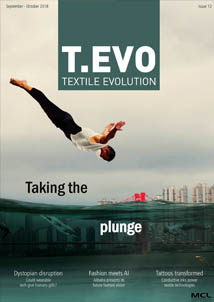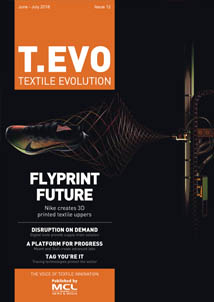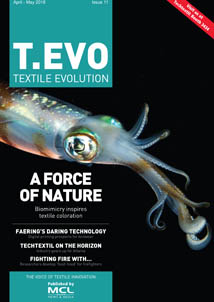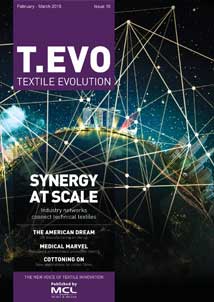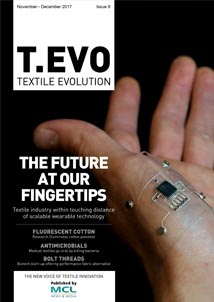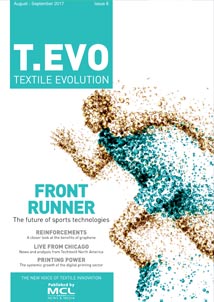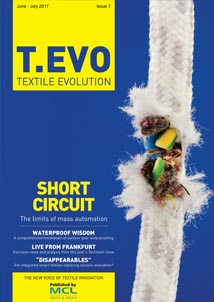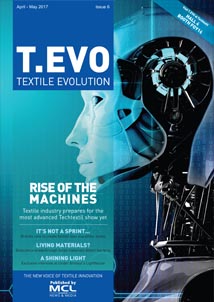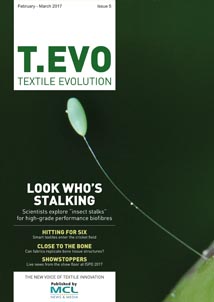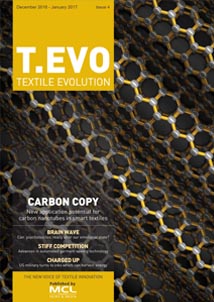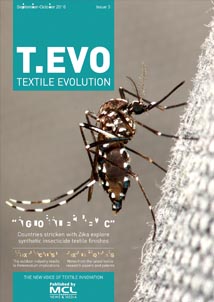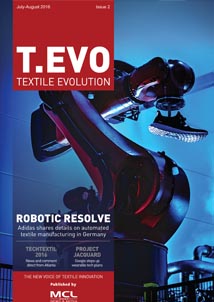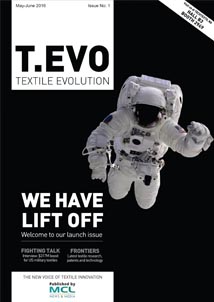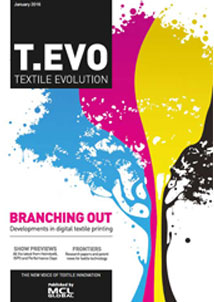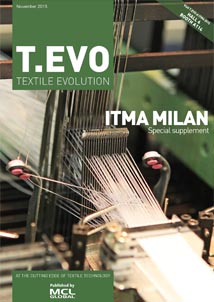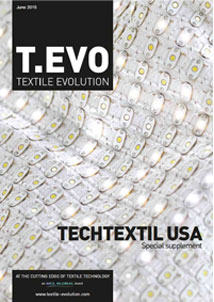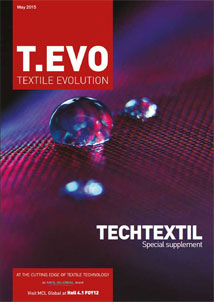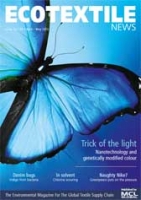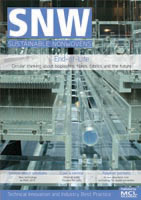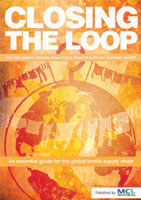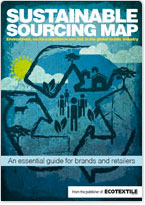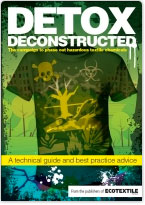WASHINGTON – NASA has officially announced the winners of the Space Suit Textile Testing Challenge, which was launched in October 2015. The space agency offered three prizes of US$5,000 for winning ideas on how to test the outer protective layer of spacesuit material for performance in different kinds of planetary environments, such as Mars or large asteroids.
The ‘Space Suit Textile Testing’ and ‘In-Situ Materials’ challenges, managed for NASA by NineSigma, launched in October 2015 under the umbrella of the NASA Tournament Lab. The idea is to find new innovative textiles materials that can be used for the next generation of space travel where manned expeditions are planned to Mars or to the hostile environments of large asteroids.
The winners of this textile challenge have been named by NASA as: ‘Evaluating space suit textile abrasion in planetary environments by Ahilan Anantha Krishnan, Indian Institute of Technology; cylindrical abrasion method by Christopher Daniels, The University of Akron ; and ‘Point-of-failure based system using high velocity abrasives by John Holler, Vinland Forge.
NASA says the challenge with testing these textile materials is due to the different environments that these suits will encounter on their journey into space: “There is currently not a good repeatable/standard test methodology for assessing candidate environmental protection garment (EPG) textile layups with respect to wear during use in planetary exploration. Results from testing should indicate size and quantity of particles that migrate through the different layers of the EPG and catalog/quantify any degradation of the layers (cuts, abrasion, colour changes, reduction in tear or tensile strength, reduction in thermal insulation). The proposed methodology may include a series of tests to be performed in a specified order,” said NASA.
No standard assessment technique
A major consideration in these new space environments is also the lack of commonality of the dirt and dust environment and those on Earth. A result of these differences is that there is not a standard assessment technique for determining the wear performance of newly developed EPG designs versus current and past TMG designs.
“In general the functions of the space suit layers can be divided into three functional areas: pressure retention (bladder), structural/load carrying (restraint), and environmental hazard protection [currently the thermal micrometeoroid garment (TMG)].”
The current NASA TMG is about 1/16 inch (1.57 mm) in thickness, and contains layers of ortho-fabric (a blend of Gortex, Kevlar and Nomex materials), aluminised Mylar, and neoprene-coated nylon.
“These challenges offered the opportunity to think about two basic needs of exploration – protective suits and building materials – in a new way,” said Steve Rader, deputy manager of NASA's Center of Excellence for Collaborative Innovation (CoECI). “Our journey to Mars will require innovations in design and technology; opening our process up to the public gives us more creative paths to follow.”
Meanwhile, the In-Situ Challenge sought solutions using surface materials like regolith – crushed basalt rock – for Earth. Using native materials for construction is tremendously beneficial for space exploration because in-situ regolith utilization (ISRU) reduces the need for materials to be shipped from Earth, along with the expense and resources this requires. ISRU could potentially save the agency more than US$100,000 per kilogram to launch, making space pioneering more cost-effective and feasible.
